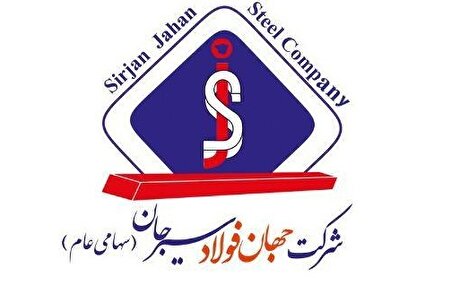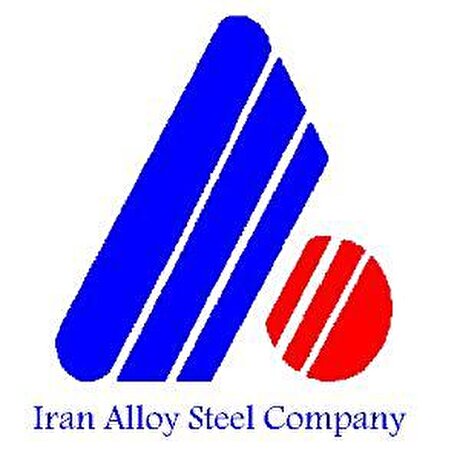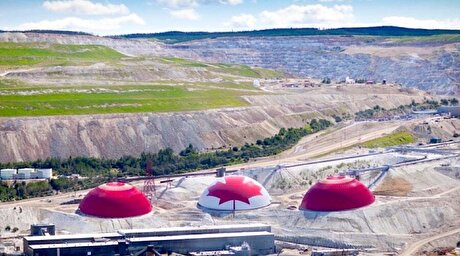
Japan’s Nippon Steel Eyes Increase in its Crude Steel Output in FY20

The company has been trying to boost its steel production over the past few years but is falling short due to the disruptions in production cycle amid natural calamities and lower qualities of raw material. In fact because of these troubles, Nippon Steel has lowered its annual crude steel output forecasts for the ongoing fiscal year of 2019 (to be ended in March) by 2% y-o-y basis from 42.1 MnT in FY18 to 41.3 MnT in FY19.
According to the company’s management, the technical troubles at its mills were due to mixed factors that includes lower quality of raw materials, ageing facilities, and heavier strain on its systems in processing harder and more advanced products such as high tensile steels. Now in order to fix these problems, Nippon Steel has started conducting routine maintenance more often and has also commenced a new blast furnace in Wakayama this month, replacing a 31-year-old blast furnace, which had been the world's oldest blast furnace in operation.
The positive steel demand outlook in Japan
Japanese steelmakers are enjoying solid domestic demand from automakers and the construction sector, which is busy with projects for the 2020 Tokyo Olympics. But natural disasters and glitches have prevented them from producing as much steel as they had planned.
In January 2019, Japan Iron and Steel Federation (JISF) head has also made a forecast that the country’s crude steel output is likely to increase in 2019, amid strong local demand from construction segment ahead of the 2020 Tokyo Olympics and in the absence of major impact from natural disasters. The nation's crude steel output slipped 0.3% to a nine-year low in 2018, as a string of natural disasters and glitches at steel plants led to slower production. The drop in output pushed Japan's ranking to the world's third-biggest producer - after China and India.
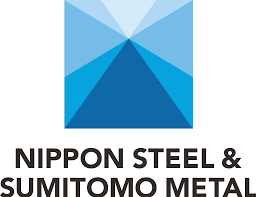

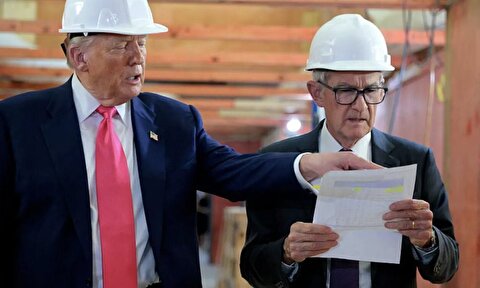
Gold price eases after Trump downplays clash with Fed chair Powell
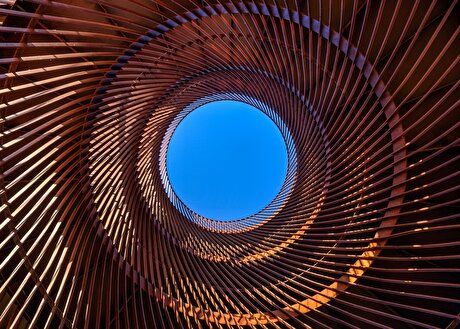
Copper price hits new record as tariff deadline looms
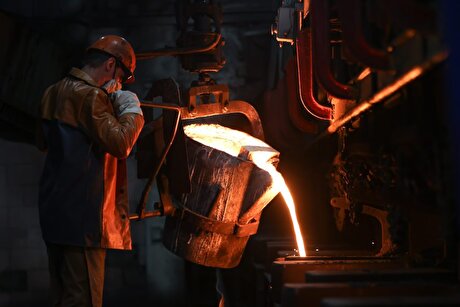
Brazil producers look to halt pig iron output as US tariff threat crimps demand
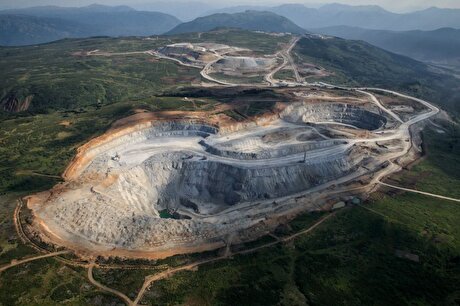
Three workers rescued after 60 hours trapped in Canada mine
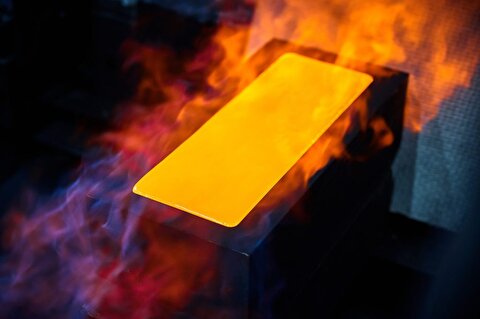
Gold price could hit $4,000 by year-end, says Fidelity
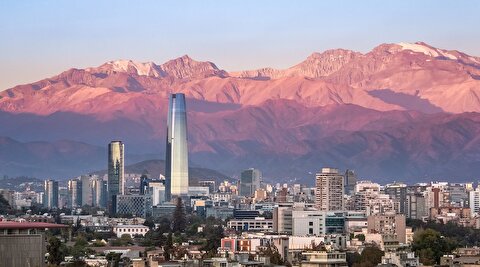
Chile’s 2025 vote puts mining sector’s future on the line
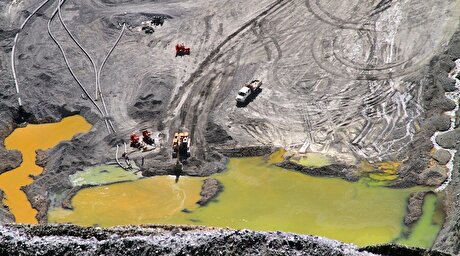
US targets mine waste to boost local critical minerals supply
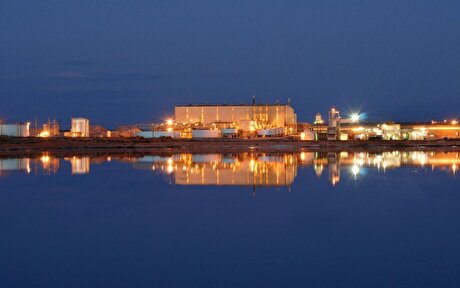
Energy Fuels surges to 3-year high as it begins heavy rare earth production
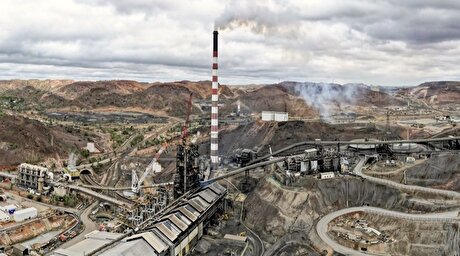
Glencore workers brace for layoffs on looming Mount Isa shutdown
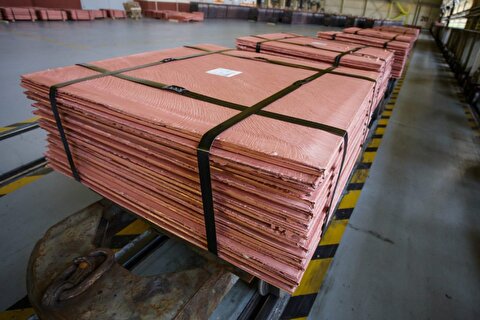
Trump tariff surprise triggers implosion of massive copper trade
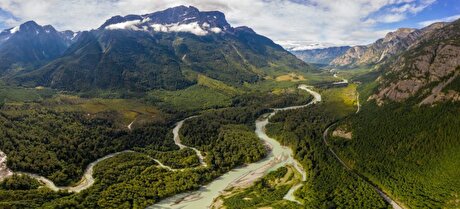
Maxus expands land holdings at Quarry antimony project in British Columbia
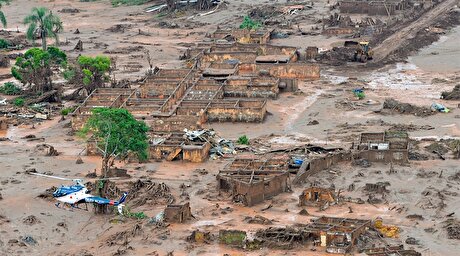
BHP, Vale accused of ‘cheating’ UK law firm out of $1.7 billion in fees
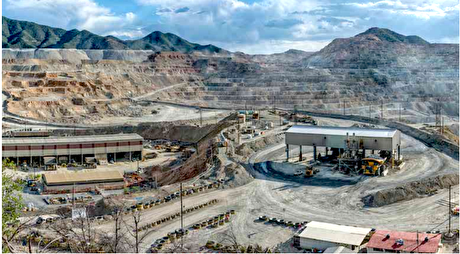
Southern Copper eyes $10.2B Mexico investment pending talks
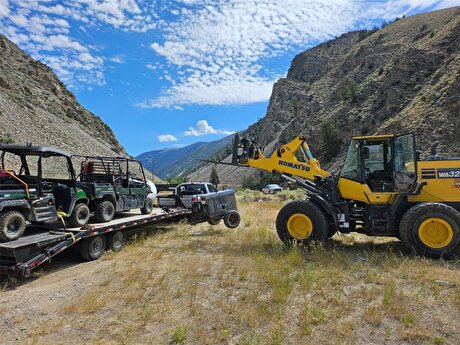
American Tungsten gets site remediation plan approved for Ima mine in Idaho
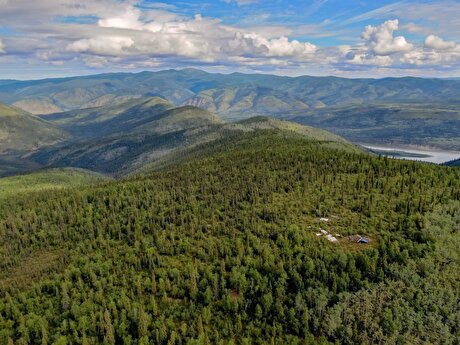
Kinross divests entire 12% stake in Yukon-focused White Gold

Gold price could hit $4,000 by year-end, says Fidelity
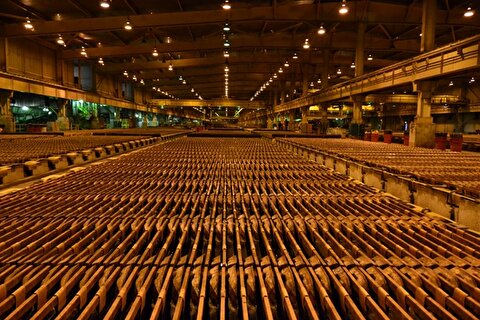
Southern Copper expects turmoil from US-China trade war to hit copper
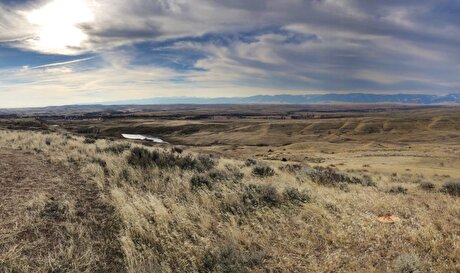
Ramaco Resources secures five year permit for Brook rare earth mine in Wyoming
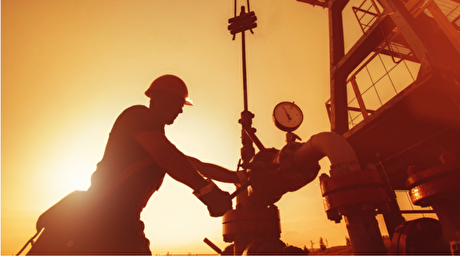
Column: EU’s pledge for $250 billion of US energy imports is delusional

Trump tariff surprise triggers implosion of massive copper trade

Maxus expands land holdings at Quarry antimony project in British Columbia

BHP, Vale accused of ‘cheating’ UK law firm out of $1.7 billion in fees

Southern Copper eyes $10.2B Mexico investment pending talks

American Tungsten gets site remediation plan approved for Ima mine in Idaho

Kinross divests entire 12% stake in Yukon-focused White Gold

Gold price could hit $4,000 by year-end, says Fidelity

Southern Copper expects turmoil from US-China trade war to hit copper

Ramaco Resources secures five year permit for Brook rare earth mine in Wyoming



